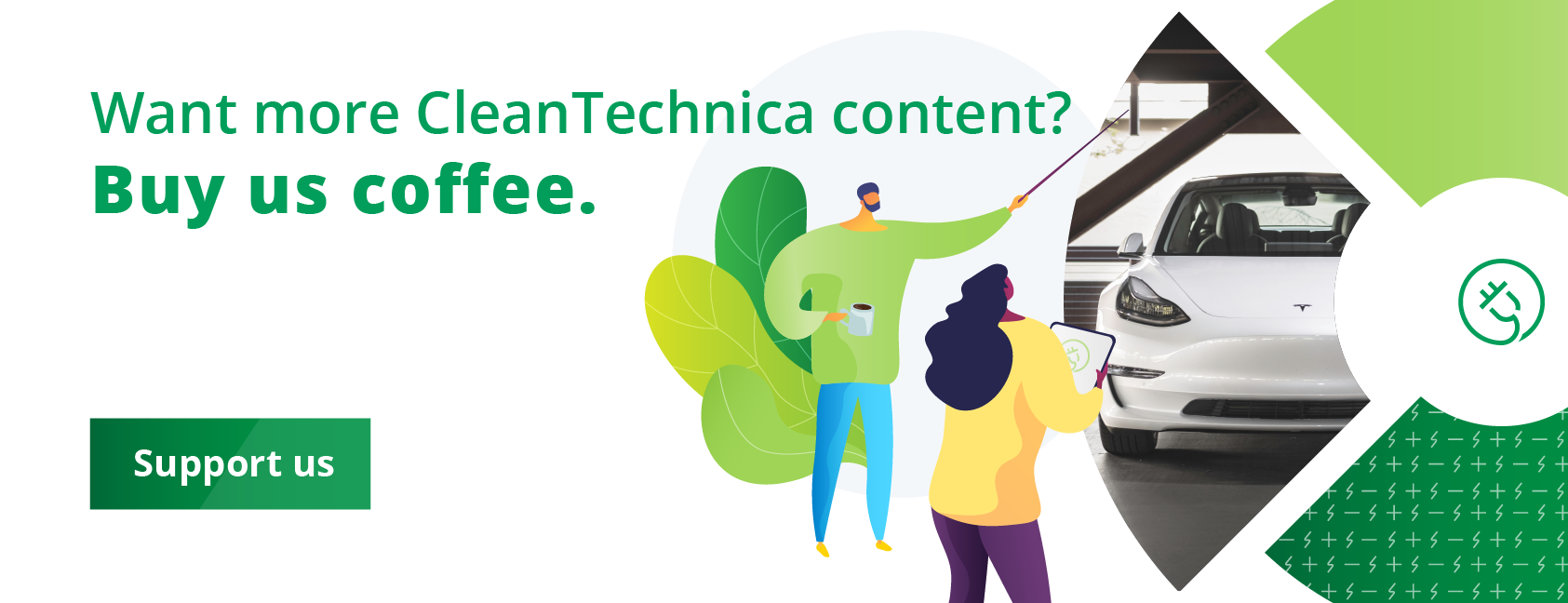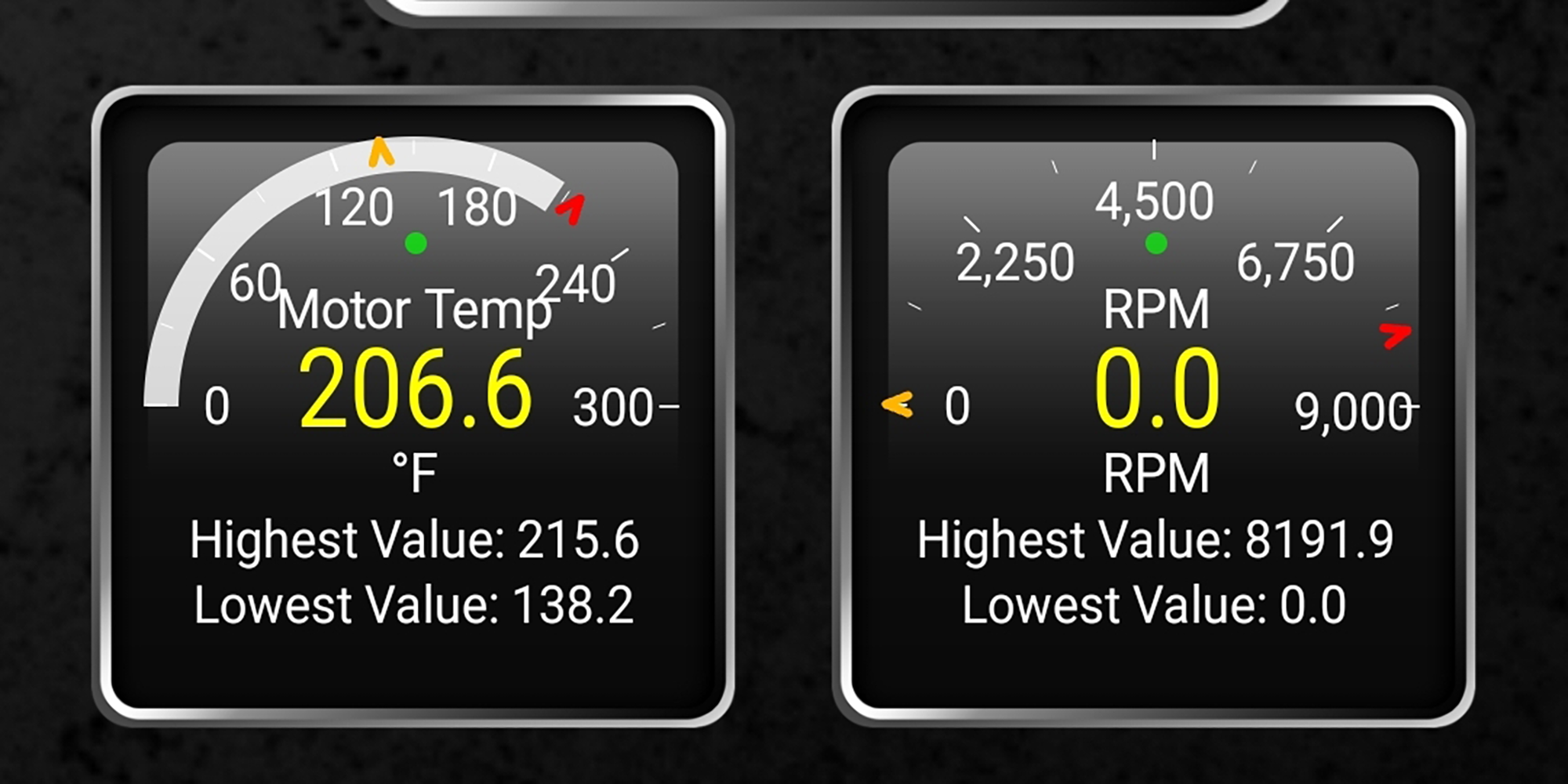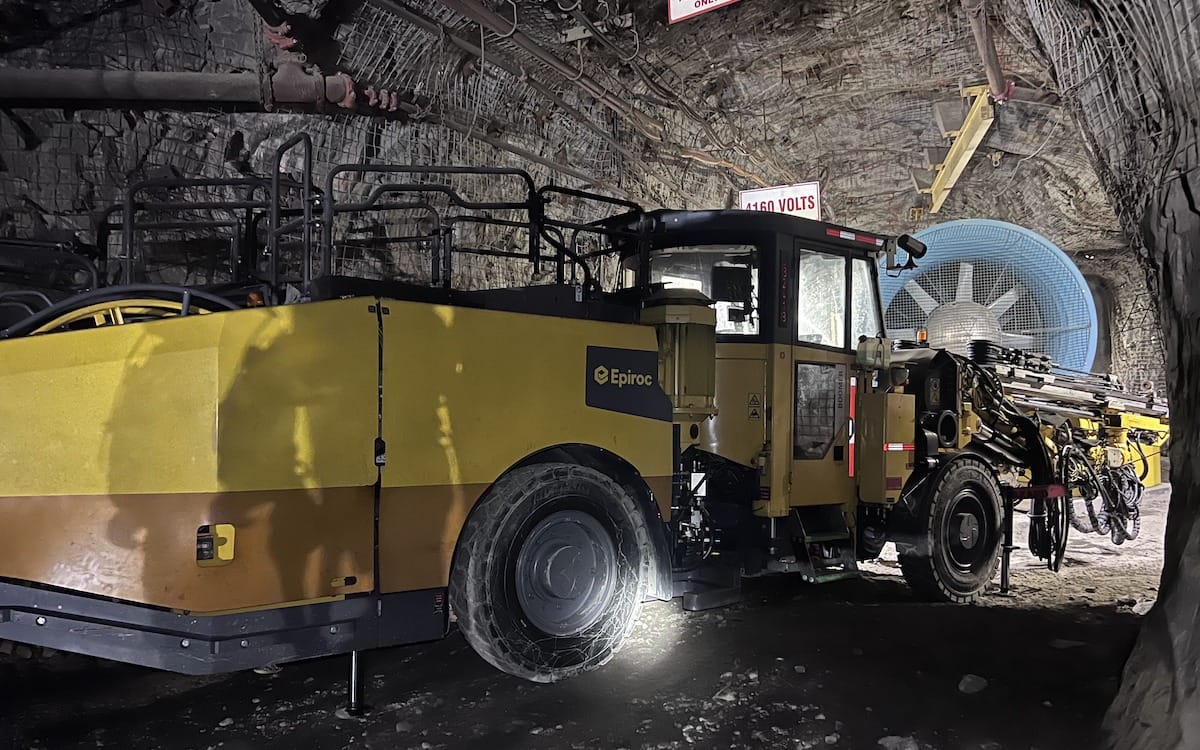
When traveling on vacation through the back roads of Connecticut in July, I drove by a sign that listed the source of funding for nearby repairs: the Bipartisan Infrastructure Law. Beneath that statement were references to the collaboration underway between the state of Connecticut and the Biden administration. Hallelujah! I thought. It’s about time for the Democrats to take credit for their infrastructure improvements. Then I began to wonder: Do citizens in red states know how much benefit they’re getting from the Democratic-led White House initiatives? I suspect not.
The Biden administration tallies that both bills the president signed in 2022 to promote more domestic production of clean energy and semiconductors have already helped generate about $500 billion in private investment in new factories and expansion of existing plants. Caught up in the conservative-inspired culture wars, however, red state citizens may have easily missed out on the expansion in US manufacturing over the last 8 years. Former President Trump neglected US manufacturing, in contrast to President Biden, who has spearheaded a plethora of manufacturing construction projects — and a majority of this investment has happened in US red states.

Writing in the Atlantic, Ronald Brownstein says that the Biden administration has ushered in “the most concentrated burst of public and private investment since the 1960s.” He comments that these investments “could rumble through the economy for years … reviving domestic manufacturing, opening new facilities in depressed communities that have suffered plant closings, and disinvestment since the 1970s.” Such increased national productivity is a key ingredient of sustained growth.
Will red state citizens recognize the Biden administration’s impact on their communities? If history is any teacher, the answer to that question is No — instead, local politicians are more likely to reap the credit. Even though four-fifths of all the clean energy investments announced have gone to districts held by Republicans in the House of Representatives, every one of these Representatives voted in spring, 2023 to repeal the Inflation Reduction Act incentives that have encouraged those investments.
All of this is made more confusing by the fact that more than half of clean energy projects that have been announced or moved forward since the Inflation Reduction Act passage are located in districts represented by House Republicans. Climate Power, a strategic communications company that builds public support for climate action, reveals that Republican MAGA extremists in Congress are ready to kill new, good paying jobs coming to their own districts to play politics and prioritize their oil and gas allies. In total of the 72 Republican members of Congress with new clean energy projects, 62 of them voted against the IRA on August 16, 2023.
Will Democrats make transparent how Republicans intend to repeal Biden’s climate initiatives if they take back the White House?
According to the Climate Power analysis, more than half of the 191 clean energy projects with $242.81 billion in new investments are in districts represented by House Republicans. More than half of all clean energy projects that have moved forward since the passage of the IRA are in districts represented by House Republicans: 107 clean energy projects in total located in 72 congressional districts across the country. Projects in these districts will create 77,261 jobs and generate more than $198 billion in investments. The districts with the most clean energy projects include NV-2 (Rep. Mark Amodei), KY-1 (Rep. James Comer), TN-7 (Rep. Mark Green), GA-12 (Rep. Rick Allen), IN-5 (Rep. Victoria Spartz), SC-6 (Rep. Joe Wilson), and WA-4 (Rep. Dan Newhouse).
We can’t forget that 4 states — Florida, South Dakota, Iowa, and Kentucky — have refused to apply for federal climate money, so the EPA is sending it to their biggest cities instead. Meanwhile, Biden and fellow Democrats pushed bills through Congress that put about $1.5 trillion toward new bridge, road, climate, and manufacturing projects.
Georgia On My Mind — Arizona, Too
Bidenomics is the term that encapsulates the Biden administration’s plan to change the economic direction of the US. The term is rooted in the recognition that the best way to grow the economy is from the middle out and the bottom up. It’s an economic vision centered around 3 key pillars:
- Making smart public investments in America;
- Empowering and educating workers to grow the middle class; and,
- Promoting competition to lower costs and help entrepreneurs and small businesses thrive.
A whole lot of Bidenomics is directed to clean energy projects.
Bidenomics has the potential to reshape presidential politics by hastening a transformation that’s making Sun Belt states such as Arizona and Georgia increasingly important to the Democratic path to an electoral-college majority. Those two states are seeing outsize gains from the major economic bills in place which are spurring massive investments in green energy, semiconductor manufacturing, and infrastructure.
In 2016 Trump hit hard on postindustrial social decay in the Rust Belt as CleanTechnica’s Tina Casey reported, Georgia is now the proud home of its first ever utility-scale flow battery. The new battery will serve as a model for similar facilities all over the country, even though Georgia Governor Brian Kemp is one of 19 Republican governors who signed up their states to something called the “Anti-ESG Alliance.” They’re fighting restrictions on retirement funds that consider climate change and other factors when deciding on which investments make sense.
In 2022 the Interior Department approved construction of the Ten West Link Transmission Line project, which will facilitate increased renewable energy development and delivery in Arizona and California. The project will provide critical transmission infrastructure to support the development of future utility-scale solar energy resources and will boost the reliability of the bulk power system for millions of customers.
Then in April, 2023 the non-profit organization, Cooperatives for a Better World along with Navajo Power Home will use $1.9 million to develop infrastructure to power up to 100 northeast Arizona homes. The grants will be allocated to install stand-alone solar photovoltaic systems — which convert sunlight into electricity using solar panels — in the Former Bennett Freeze Area for long-term energy security.
These are important and visible Sun Belt state projects that represent Bidenomics and a clean energy future for the US.
The Rust States’ Rebound
Illinois, Indiana, Michigan, Missouri, New York, Ohio, Pennsylvania, West Virginia, and Wisconsin are considered to be the Rust Belt states. We’ve heard the terms like the “manufacturing belt” or the “factory belt” as well over the years to refer to New England, the Midland, the Midwest, and the northern fringes of the South. These states were the manufacturing center of the US, employing a large part of the population in manufacturing jobs. With the demand for electric vehicles (EVs) on the rise, new Battery Belt factories are reinventing the workplace in many communities. Battery manufacturing is creating new economic development opportunities — and you don’t need a college degree to be qualified for employment.
Because of lingering trauma from Donald Trump’s 2016 victories in the region, Democrats are looking for signs that the Biden administration’s efforts to rebuild the nation’s manufacturing base might again put the region firmly in the blue column for the long term. It doesn’t hurt that, in the fight against climate pollution, the federal government is injecting $370 billion into clean energy.
I don’t like paywalls. You don’t like paywalls. Who likes paywalls? Here at CleanTechnica, we implemented a limited paywall for a while, but it always felt wrong — and it was always tough to decide what we should put behind there. In theory, your most exclusive and best content goes behind a paywall. But then fewer people read it! We just don’t like paywalls, and so we’ve decided to ditch ours. Unfortunately, the media business is still a tough, cut-throat business with tiny margins. It’s a never-ending Olympic challenge to stay above water or even perhaps — gasp — grow. So …




